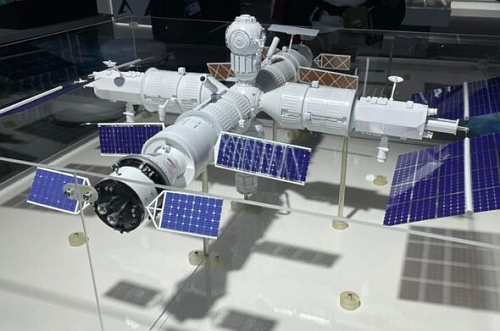Russia to launch Tunisian astronaut to ISS
As part of an agreement between the two nations, Russia yesterday announced that it will fly a Tunisian woman to ISS in 2024.
On August 13, Women’s Day in Tunisia, eight women candidates for a space flight were presented. They are currently undergoing medical examination. Six of them will go to Russia for the final stage of pre-qualification to choose two best candidates: one will be a member of the main crew, the other one – of the standby crew.
No longer able to make money selling the spare seats on Soyuz to NASA, and apparently not getting much interest from the private sector inside or outside of Russia to buy these seats, the Putin government is now using them for international diplomacy, just as it did during the Soviet era.
As part of an agreement between the two nations, Russia yesterday announced that it will fly a Tunisian woman to ISS in 2024.
On August 13, Women’s Day in Tunisia, eight women candidates for a space flight were presented. They are currently undergoing medical examination. Six of them will go to Russia for the final stage of pre-qualification to choose two best candidates: one will be a member of the main crew, the other one – of the standby crew.
No longer able to make money selling the spare seats on Soyuz to NASA, and apparently not getting much interest from the private sector inside or outside of Russia to buy these seats, the Putin government is now using them for international diplomacy, just as it did during the Soviet era.











